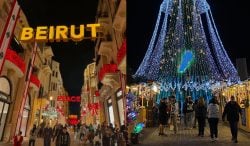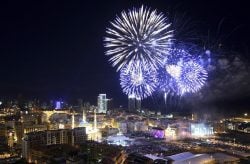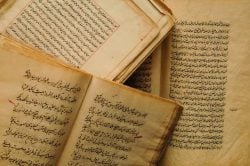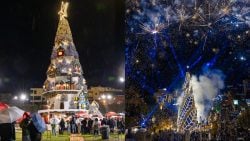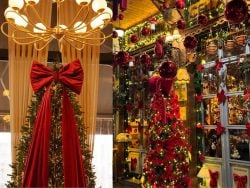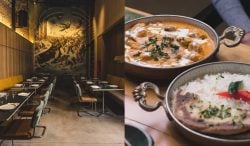Beit Beirut
At the crossroad of Sodeco and Damascus Road, stands Beit Beirut. What was once a sniper stronghold in the midst of Lebanon’s civil war is now an exhibition venue and home to much of Lebanon’s most prized art.
The building has undergone many changes to its name, and was originally known as “Barakat Building,” later nicknamed the “Yellow House” because of the color of its sandstones that were brought from Deir el Qamar, and during the war, “The Building of Death.”
Just two years ago, it was transformed into a museum and became open to the public. Since then, it has hosted various shows and art exhibitions, and even boasts a library.
The owners, Nicolas Barakat and his wife Victoria, recruited architect Youssef Aftimos to re-design the building for them, and in 1924 the building underwent a modern Ottoman transformation. At the time it consisted of 8 houses, and was inhabited by middle-class immigrants and an aristocrat named Fouad al Shemali.
After living in the apartment for 30 years, Shemali passed away in 1973. His wife left the apartment untouched with all his belongings in it, which were used as pieces in the museum later on. When the civil war commenced, the snipers took advantage of the building’s strategic location, and soon the place became a source of terror to all those that loomed in its presence.
The building would have been destroyed without the serious efforts of the “Save Beirut Heritage” NGO and the diligent work of Mona Hallak, who continued to work with the French Embassy and the Paris Municipality to preserve it. The municipality later delegated Engineer Youssef Haider to renovate the building for a fee of 18 million dollars. His vision was to preserve the building as much as possible, as he felt the barricades and the writings on the walls gave it its unique character.
Today, the building stand as both a historical monument and a cultural venue that hosts numerous art shows and galleries year-round. Future plans for Beit Beirut aim to restore the building so that it can accommodate a fully-fledged museum, a cultural and artistic meeting place, a facility for archiving research and studies on the city of Beirut throughout history, an urban planning office for the city of Beirut, and an underground car-park.
Be sure to check out our daily event roundups which include exhibitions that take place in this monumental building throughout the year.

